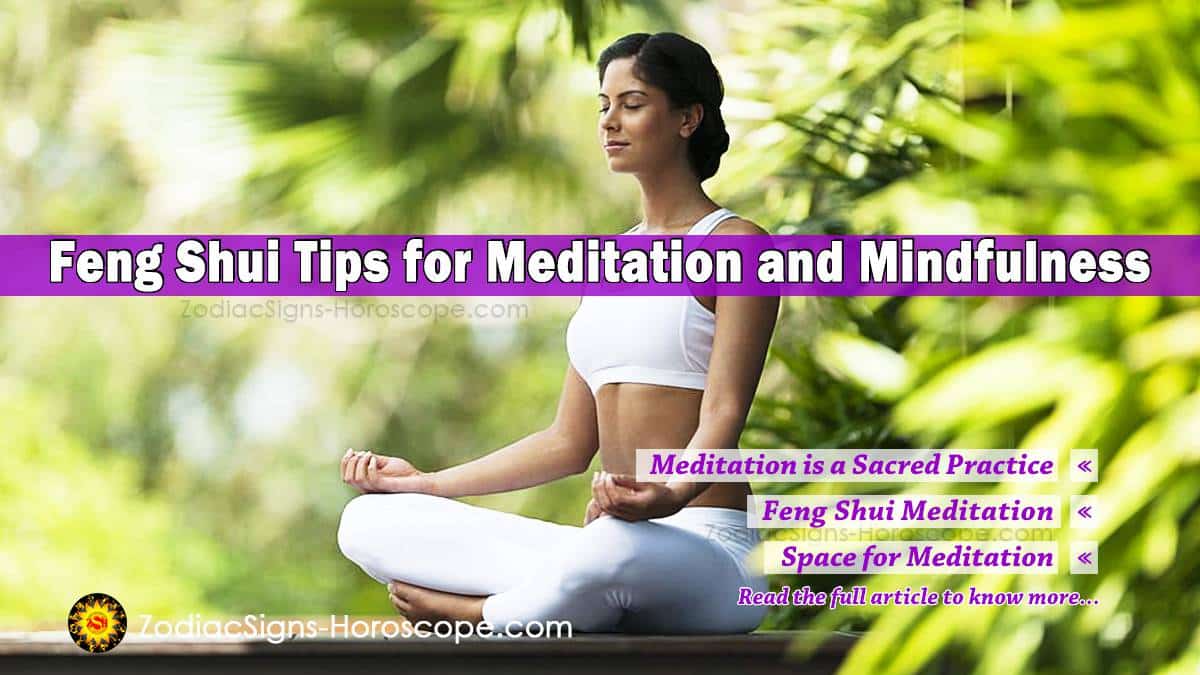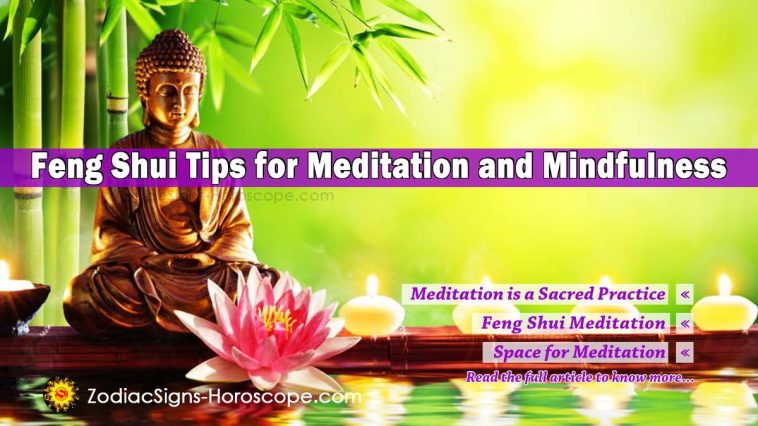Feng Shui Ideas for Your Meditation
Feng Shui increased in popularity in the Western world in the 1990s. The basic principle of growing harmony with your surrounding areas balances your home. Increasing your oneness with the world, or even for financial gain. In addition to Feng Shui, combining the two can increase spiritual benefits to your life. Here are a few points about where you can meditate. Things incorporated into it can give additional services to your life. Feng Shui meditation can provide a feeling of inner peace, more balanced internally, and even help with more cognitive functions, such as better focus and concentration.
And if you’re not entirely into the spiritual or religious side of it, that’s okay. The following is a quick way to give you some ideas of things you can incorporate into your meditation.
1. Meditation Is a Sacred Practice
Meditation is a sacred practice dating back thousands of years. It gained popularity in the late 20th century and is no longer an exclusive pursuit of the more financially secure who have all the time in the world. Now meditation is widely practiced in diverse places such as community centers and schools and is even taught in courses under the teacher.
While meditation can carry a “hippy” or “new age” vibe, it provides many benefits for the person of the 21st century. We are constantly bombarded with information, whether online, on TV, or in person, as we are trying to rush past people to get to work on time. Life has become more stressful for the average person over the last twenty-five years, as evidenced by the number of people diagnosed with depression, or some form of a mental illness, such as anxiety.
In addition to those, some suffer in silence and don’t get the help they need, and if you are one of those people, please seek the use of a medical professional.
It can be achieved if you are looking for a meditation to add meaning to your life. Even in the words of the humble writer of this article, meditation has allowed me to keep an even keel and keep depression at bay with the help of positive affirmations and taking a few moments out of each day to calm my senses and slow down, which, in essence, is meditation itself.

2. Feng Shui Meditation
Feng Shui developed in China 5,000 years ago as a way of outlining positive ways in which to organize your life. It has been popularised in Western culture as a method to reorganize your home, such as placing furniture and facing items in a specific direction to restore harmony to an unkempt environment, giving its energy a revitalized jolt and improving the environment for those that dwell inside it. The first fundamental aspect of having a successful meditation practice is to have an area to meditate successfully. Both the elements of Feng Shui and meditation sit side by side nicely.
3. Create a Successful Meditation
To create a successful meditation space, it is best to start with somewhere where you can get peace. If not entirely, somewhere where you can focus without distraction. In life’s ” busyness, ” we struggle to find a secure space for different reasons. We live with more than one person.
Popular meditation practices would ideally have you create a whole room in which you can escape the world. If this is not possible (which I would imagine is the vast majority of you!), create a corner or a bit of space that is yours and nobody else’s. This would traditionally be your “shrine.” Still, if you’re trying meditation to attain some calm in your life, then a shrine isn’t necessary as long as you have a dedicated space ready to explore and achieve inner peace.
4. Space For Meditation
Find the best space to meditate by Feng Shui. This can be done by defining the “Bagua,” basically a way to find the energies in your home.
This can be done using one of two methods. One is the traditional way, where you use an actual Bagua to determine where you should be positioned or are facing to reap certain benefits in your home. It’s like a compass; for example, the West is for creativity.
For meditation benefits, the northeast is for spiritual growth, and the east is for health. So, if you can find an area in the east or east-facing, it is a good start. The other method is a more Westernized version, called the BTB grid. This is a set of nine panels, with each forum relating to different areas of Feng Shui, family, growth, creativity, and so forth, and placing the grid over a blueprint or layout of your home. You can locate the best areas for health, knowledge, etc., in the nine Feng Shui areas.
Once you have found a space you can call your own, the next step is to make that space suitable for meditation.
5. De-Clutter
De-clutter – In other words, make sure your space is clean! But if you populate your space with clutter, it will result in a cluttered mind and affect your ability to focus. So open your windows and let fresh air into your home.
6. Incense
It is also known as joss sticks. These can provide a relaxing aroma to your meditation environment. It is believed that different scents can give various benefits, whether they release negative energy, de-stress or increase your meditative state. Sage is used to cleanse your aura, sandalwood is used to ground you, and there are infinite others you can try. Another plus of these is that they smell lovely!
7. Music
We all use music in different ways to relax; some people are convinced by metal sounds. There are thousands of meditation tracks.
8. Colors
So different colors can be used to communicate different moods. In Feng Shui, colors are used concerning elements, and individual rooms can be painted in different colors.
A fire or earth element in Feng Shui can create a more blissful and happier working environment. For meditation, try to use blue color. This signifies peace and tranquillity.


